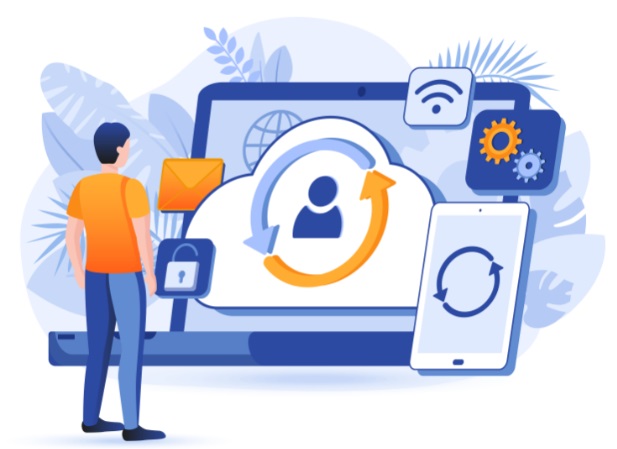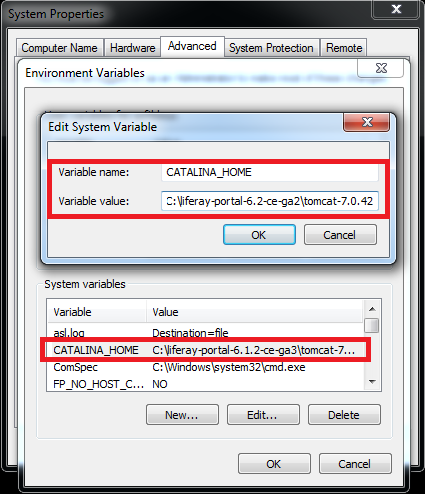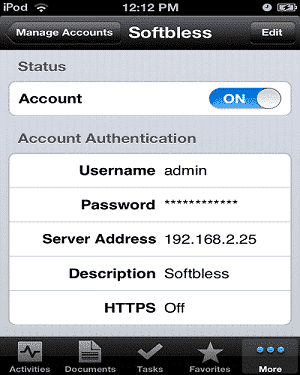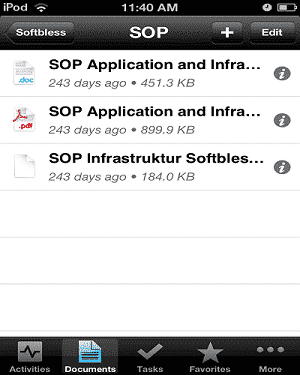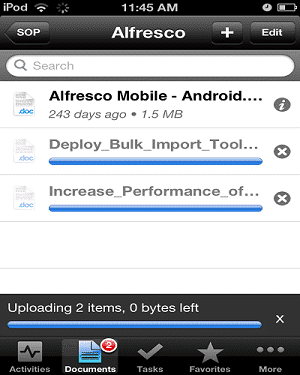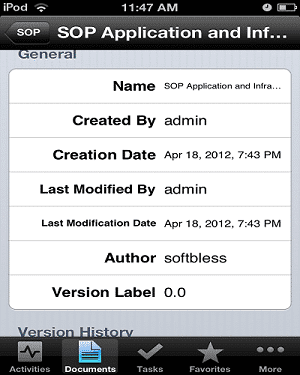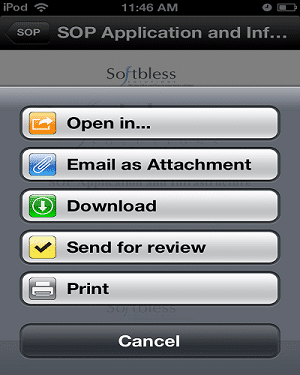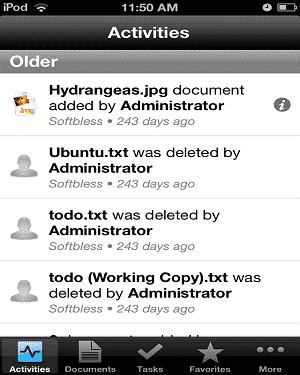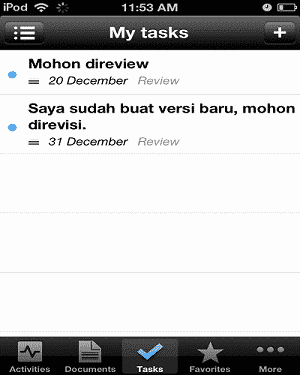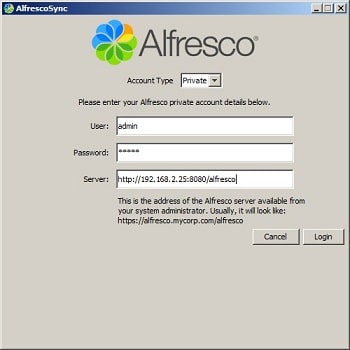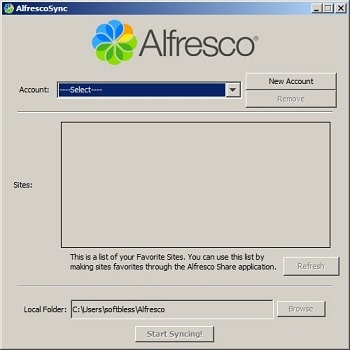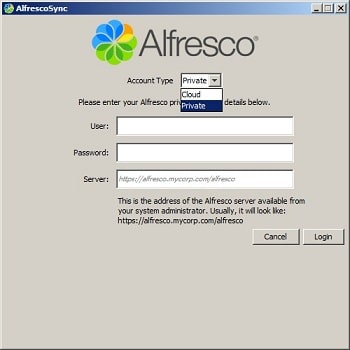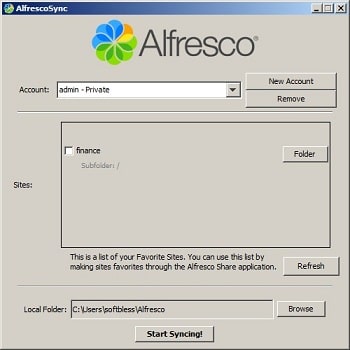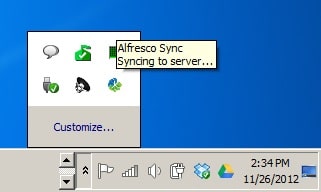
Corporate Learning Management System Features
Easy to Use Platform
It features a user-friendly interface specifically made to engage and motivate trainees, reward top learners, and improve communications across your company. It also features mini-games, badges to make learning fun whilst providing students or trainees with an awesome learning experience.
Social Learning
Learning requires collaboration, discussion, or teamwork. This is why our solution promotes social learning to allow your students, employees, or trainees to gain knowledge by distance learning tools, social networking and collaboration tools such as Facebook, Twitter, Wikis, blogs, forums, etc..
Multi-tenant Platform
This feature allows you to manage your different tenants or departments (vendors, partners, clients) within the same system using a single database. These departments can access their own learning content, which are only visible to themselves.
Streamlined Training Process
Softbless LMS offers effective blended learning that prioritizes on the learning process.
eCommerce Training platform
This allows you to sell your eLearning courses online! Sofbless Corporate LMS Integrates with WordPress, Magento, Paypal, Woo commerce, and more. Just name it, we do it! Our LMS solution also supports Single Sign On, auto-enrollment, and shopping cart feature – just in case you need them.
Corporate Learning Management System Benefits
LMS software is vital for all institutions to manage all the learning activities and development of their students, trainees, or employees systematically.Manage and track Learning
LMS automates tasks such as registration, tracking cataloged courses, learners’ data, and learners’ progress. Our LMS solution streamlines all these administrative efforts, which is why it’s easy to ensure all learners are receiving the appropriate training required.
Facilitate learning with an e-learning platform
Our LMS solution provides a highly interactive platform that makes use of a video conferencing technology to simulate a real training environment where all participants interact face-to-face with the trainer by asking queries and discussing just like in a real classroom setup. We also provide collaboration tools like a WYSIWYG Whiteboard, Screen-sharing, Q&A, Forums, Session Recording, and many more.
Consolidated Information
We maintain all your data in a single, consolidated system. This allows you to easily maintain your training materials and reuse them anytime. You can easily search for training courses, create questionnaires, maintain an assignment database using template, and upload training documents.
Reduce Learning costs
Our LMS can reduce your training costs in so many ways. Less travel, no more hotel accommodation, reduced teaching costs, and many more.
Tracking and Reporting
We allow any institutions to track learners’ performance against their chosen path or career, review their records, and register for additional training or courses. Courses or training can be offered through various media including instructor-based led training, web-based, or webinars
Just like Totara LMS, our online learning platform is feature packed that comes with all the powerful tools needed to help millions of users Worldwide learn online. We offer flexible, cost-effective online learning to students, trainees, and employees. With a low-cost solution, free upgrades, fast deployment capabilities, and enhanced data and network security. No wonder, thousands of organizations, regardless of size or budgetary concerns, from around the World trust us. Don’t just take Softbless' users' word for it; experience it yourself and start your free demo now.


